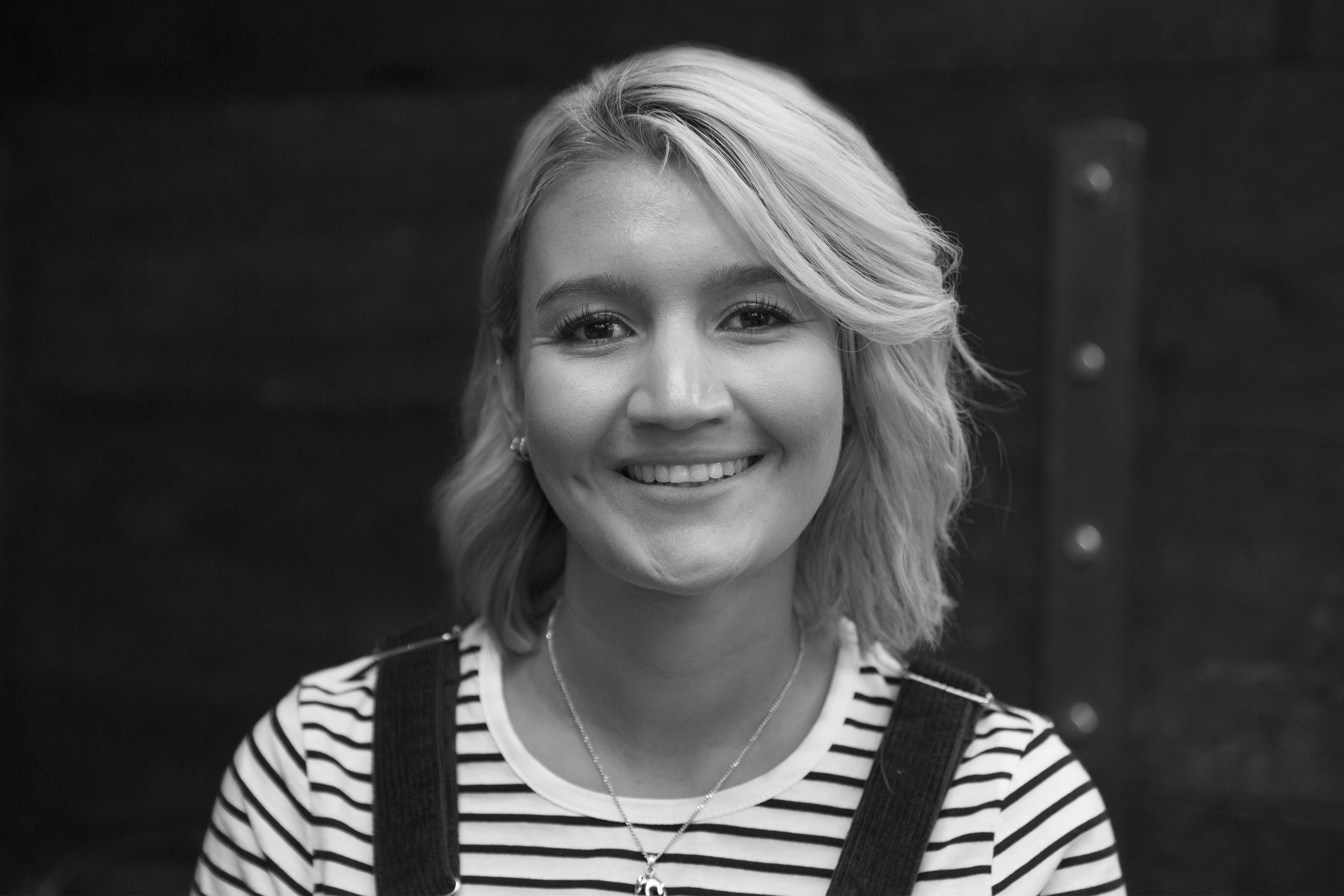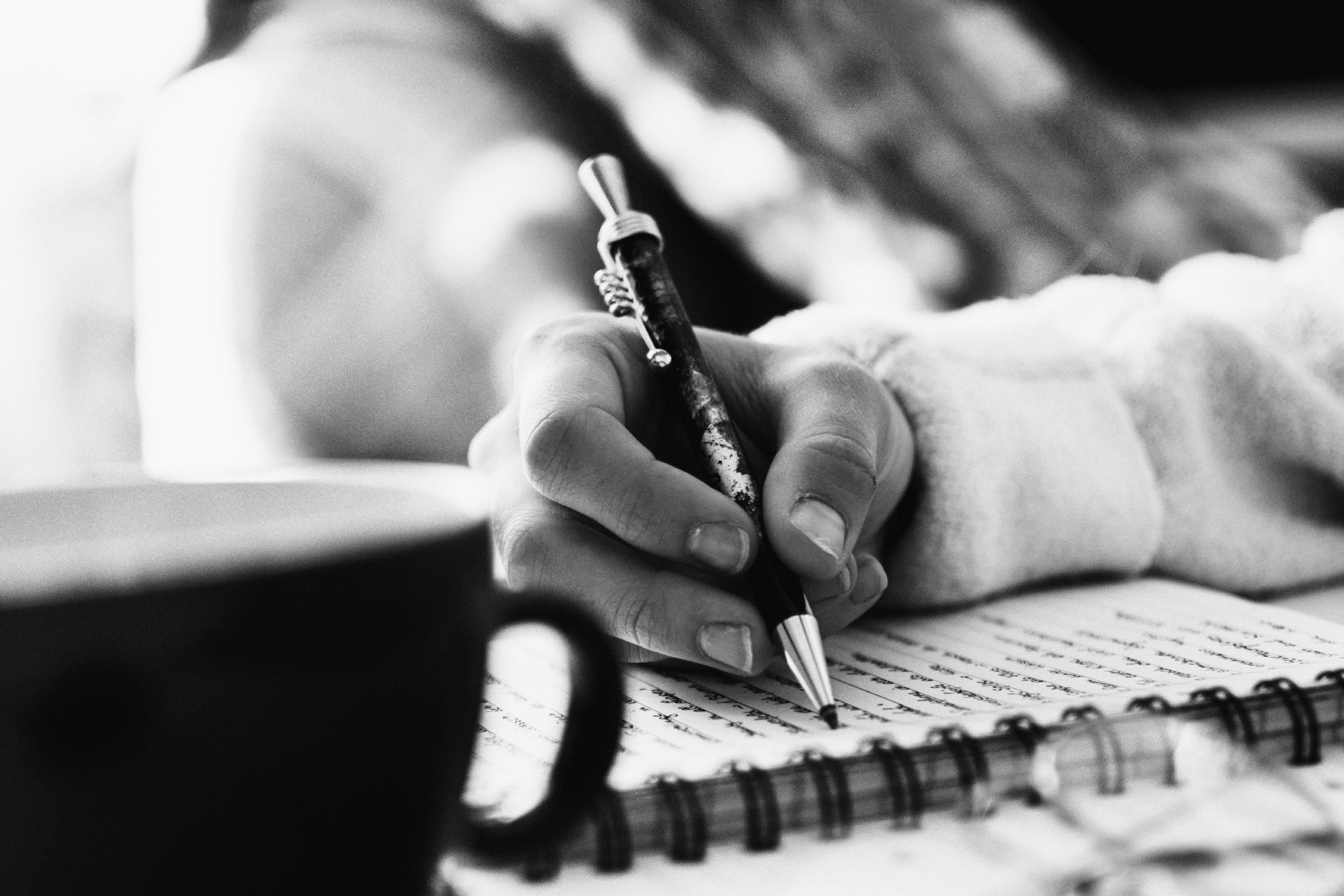In the words of Stefanie Flaxman, “a mediocre idea can be turned into extraordinary marketing with the right care and attention.”
In her recent piece for Copyblogger, she shares the secrets behind creative self-editing. She believes that sometimes a piece of copy simply needs some development time for it to mature and shine. This means going back to your work and reviewing it from different angles until you feel it has fulfilled its full potential.
To achieve this, she breaks down the task into five key steps:
Prepare for things to take longer than planned
The fact of the matter is, sometimes it takes longer than expected to complete a draft you are truly happy with. To produce a well-rounded piece of content, you need time to do it in stages and these need to be factored in from the start. And, plan for distractions, because creativity in itself is a distraction!
Have some fun!
Creative inspiration comes at the most unexpected times – and that’s usually while you’re having fun! This is why you need to leave time in your editing schedule to break away and enjoy yourself. The fresh mindset will help you to look at things in a completely new way.
Carefully craft headlines for your audience
Headlines can often fall into two camps, 1) those that tell the reader everything there is to know about the story, and 2) those that don’t spark the interest of the reader enough for them to read the full story.
Avoid falling into either of these camps, by writing and rewriting the headline until you arrive at one that’s up to the job. This means using specific language that will entice your audience – because a headline written for everyone is a headline written for no one.
Build powerful sentences
The trick to finding the perfect balance of creativity and clarity is to first consider creativity, before reviewing for clarity, and then finishing by giving it a final creativity check. This results in words that are accurate and meaningful.
Switch things around until you’ve found the perfect words
It’s possible that every time you re-read your own writing, you’ll think of a word that works better or makes more impact – even when you’d meticulously chosen the original option. This is all part of the process. Sometimes, you may even find it good practice to jot down vague concepts in the first draft, with the intention of sprucing it up later down the line.


